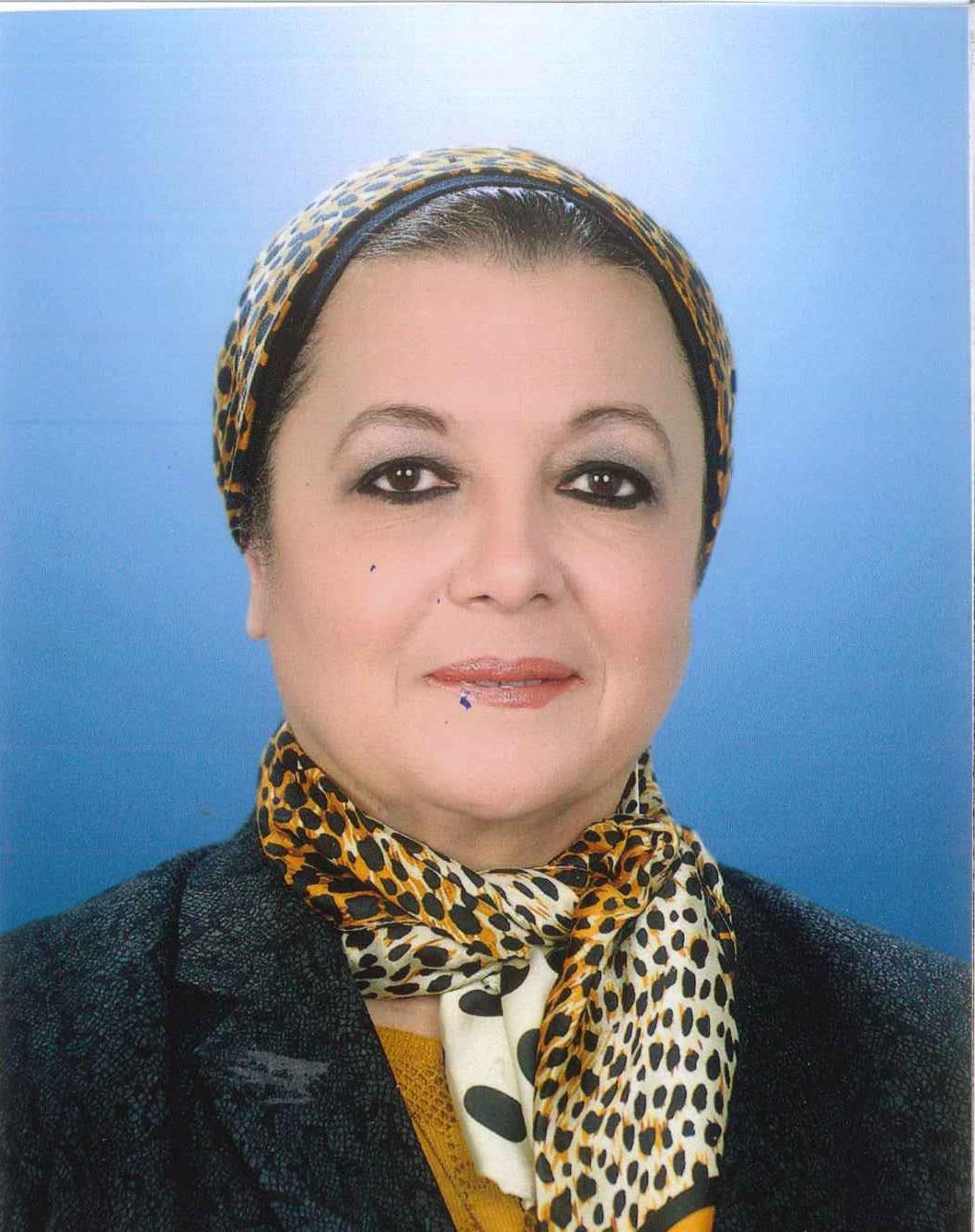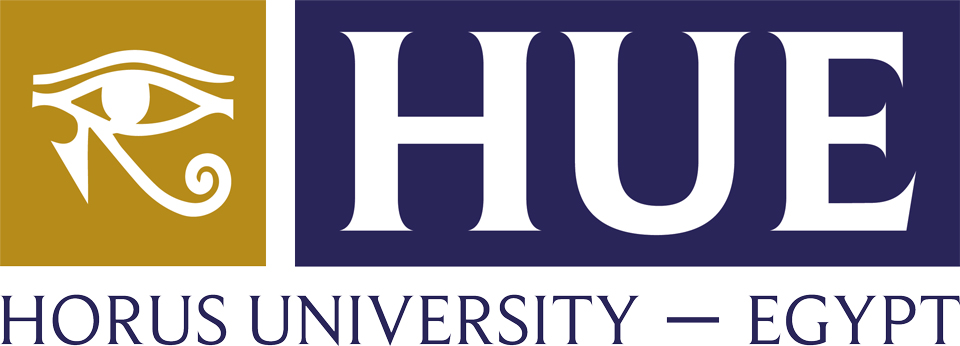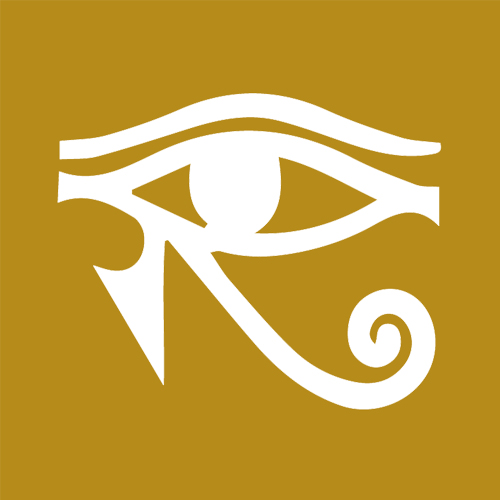Biochemistry Subspecialty
Students Activities (Spring semester 2023-2024)
Biochemistry (1)
Place: biochemistry lab
Time: at the end of practical course (spring semester of the academic year 2023-2024)
An activity was conducted for the subject Biochemistry 1 by the students of the second level of the Pharm – D, where the students were divided into groups, the number of students in each group ranged from 10 to 12 students, and a specific title was determined for each group.
* Each group must present the activity in the form of a presentation, and they print it, display it, and discuss it in the laboratories.
Examples:
- Carotenes
- Dextran
- Inulin
Biochemistry (2)
Place: social media (Facebook)
Time: spring semester of the academic year 2023-2024
An integrated activity was conducted for the subject Biochemistry 2 with the subject Pharmacology 1, by students of the second level of the Clinical-Pharm – D.
* The students were divided into groups, where the number of students in each group ranged from 10 to 12 students, and a specific title was specified for each group that expresses the disease and how to diagnose it.
* Each group presented the activity in the form of a brochure, and they print it and display it to the various college departments, as well as display it on social media, in order to spread community awareness.
Each brochure discussed each of the following items:
- Causes.
- Risk factors.
- Management.
- Side effects.
- Diagnosis.

Clinical Biochemistry
Place: social media (Facebook) and faculty
Time: spring semester of the academic year 2023-2024
An activity was conducted for the Clinical Biochemistry course by fourth-level Clinical-Pharm D students.
- The students were divided into groups, where the number of students in each group ranged from 10 to 12 students, and a specific title was specified for each group that expresses the disease and how to diagnose it. Each group presented the Activity in the form of awareness videos about different diseases and how to diagnose them through various medical tests, so that the duration of the video does not exceed five minutes. The presentation was done in a simplified manner and in smooth language in order to achieve the desired goal in terms of raising awareness for different groups with their different cultural levels. The videos were uploaded to the social networking page Facebook in order to reach the largest possible number of the group targeted by the activity. The video was also accompanied by brochures and a printed research that include detailed information about each disease.
- The best group and the best three videos were honored by the course doctors.
Link of videos
Each brochure discussed each of the following items:
- Definition of disease according to group topic
- Etiology (causes) + pathophysiology
- Signs and symptoms
- Investigation (focusing on biochemical tests and how to interpret results to differentiate between this disease and other conditions)
- Plan of management

Prof. Dr. Magda Nasr
Vice President & Faculty Dean
welcome everybody who participates in building a future for our own country to help it take a considerably distinctive place among nations.


